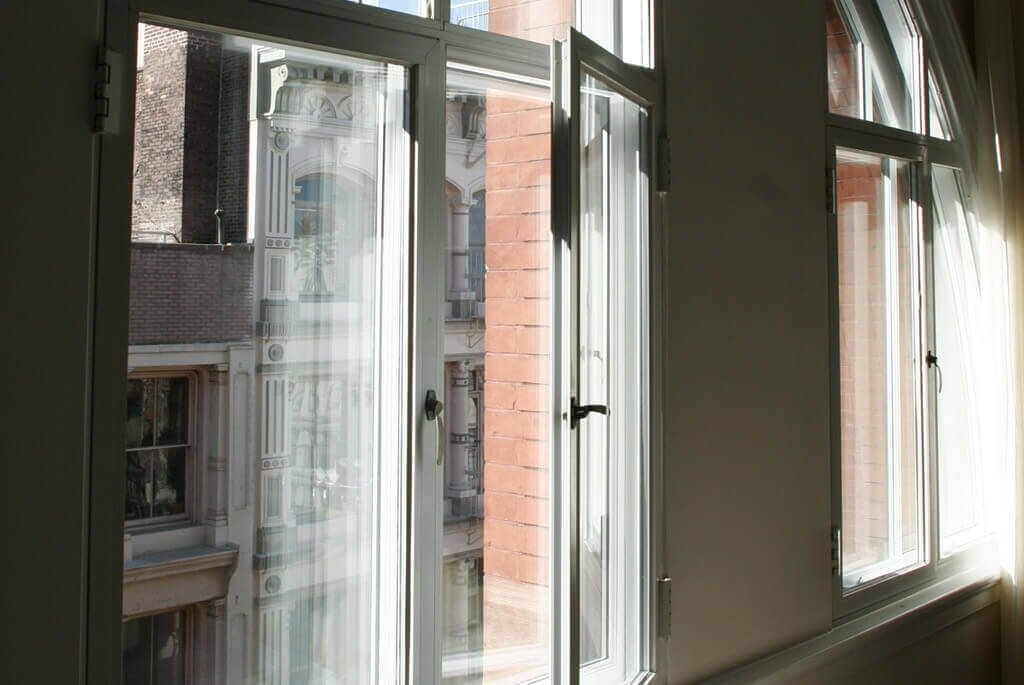By: Kelly Ahern
Urban environments offer vibrancy, opportunity, and connection—but they also come with a persistent companion: noise. In cities like New York, the hum of traffic, construction, sirens, and street-level activity is part of daily life. Yet despite how normalized this constant exposure has become, there is growing recognition of the long-term effects of noise pollution on health, cognition, and overall quality of life.
Increasingly, public health researchers, urban planners, and architects are examining noise as more than a nuisance. The conversation has shifted toward its measurable impacts—and the steps individuals and institutions can take to mitigate them.
Noise Pollution: An Overlooked Health Risk
Chronic exposure to environmental noise has been shown to be associated with a variety of physical and psychological outcomes. According to the World Health Organization and several peer-reviewed studies, urban noise can:
- Disrupt sleep patterns, even at relatively low decibel levels, potentially preventing the brain from entering deep, restorative stages. Studies have indicated that sleep disturbances caused by noise exposure may impact overall sleep quality (WHO, 2009).
- Elevate stress hormone levels, particularly cortisol and adrenaline, which may contribute to increased heart rate and blood pressure. Some studies have suggested that chronic exposure to noise can lead to physiological responses consistent with stress (WHO, 2018; Stansfeld et al., 2003).
- Contribute to cardiovascular conditions, including hypertension and coronary artery disease, particularly in regions with heavy road or air traffic. Research has identified long-term exposure to traffic noise as a possible risk factor for cardiovascular health (European Heart Journal, 2011).
- Reduce concentration and cognitive function, which can impact both children and adults in learning or work-from-home environments. Evidence suggests that noise may impair memory, attention, and performance, particularly in noisy urban environments (Naveh et al., 2016).
The cumulative effect of these disruptions has led many experts to suggest that noise pollution should be considered a public health concern that requires both systemic and individual responses.

A Shift in Urban Living Priorities
The rise of remote and hybrid work has placed greater emphasis on the quality of the indoor environment. As more people spend extended hours at home, acoustics and sound control have become core considerations—not only for comfort but also for productivity and mental well-being.
This shift has prompted interest in building materials and interior upgrades that may support quieter living. Designers and residents alike are paying closer attention to how windows, doors, wall construction, and soft finishes influence acoustic performance.
Practical Solutions for Quieter Interiors
While not all noise can be completely eliminated, there are several effective strategies that can help to manage and significantly reduce it. Acoustic layering with textiles such as rugs, upholstered furniture, and curtains can help to absorb echo and reduce reverberation. White noise machines may also help to mask disruptive sounds, particularly during sleep. Additionally, interior design layout can be optimized to create sound-buffered zones, such as quiet bedrooms or offices located away from street-facing windows. Above all, high-performance window installations, particularly soundproof models, can address some of the significant points of acoustic intrusion.
In particular, windows represent a major vulnerability in typical city dwellings. Even when closed, traditional single-pane or aging double-pane windows often allow substantial noise transmission. Retrofitting with professionally engineered soundproof windows has been shown to yield a notable improvement in sound insulation.
Companies such as CitiQuiet, which specialize in soundproof window systems tailored to dense urban environments, offer solutions designed to preserve aesthetics while enhancing acoustic control. Their installations are frequently used in both residential and commercial settings where maintaining interior tranquility is a priority.

Redefining Urban Comfort
As urban noise levels continue to rise, especially in fast-growing cities, the need for acoustic resilience becomes increasingly important. For individuals, managing exposure to noise isn’t simply a matter of convenience—it can be an investment in long-term health, cognitive function, and emotional stability.
By implementing thoughtful design choices, integrating acoustic ideal practices, and considering infrastructure upgrades such as soundproof windows, city residents can take meaningful steps toward a more livable and restorative home environment.
In a landscape where silence is increasingly scarce, sound management is not just a luxury—it is a necessity.
Citations
- World Health Organization (2009). Environmental Noise and Public Health: A Review of the Evidence. Retrieved from https://www.who.int/news-room/fact-sheets/detail/noise
- Stansfeld, S. A., et al. (2003). Noise and health: a review of the evidence. Occupational and Environmental Medicine, 60(5), 208-215. doi: 10.1136/oem.60.5.208
- European Heart Journal (2011). Traffic noise and cardiovascular disease: A review. European Heart Journal, 32(13), 1460-1474. doi: 10.1093/eurheartj/ehr210
- Naveh, A., et al. (2016). Noise Pollution and its Effect on Cognitive Function. Environmental Health Perspectives, 124(5), 777-781. doi: 10.1289/EHP345
Published by Liz SD.









